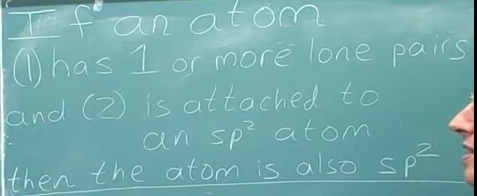- Joined
- Jul 7, 2013
- Messages
- 617
- Reaction score
- 162
Is this true? Let me know if I"m the only person who's learned this "rule."

If this is true then why is the chlorine in chlorate anion sp3 hybridized?


If this is true then why is the chlorine in chlorate anion sp3 hybridized?

Last edited:


